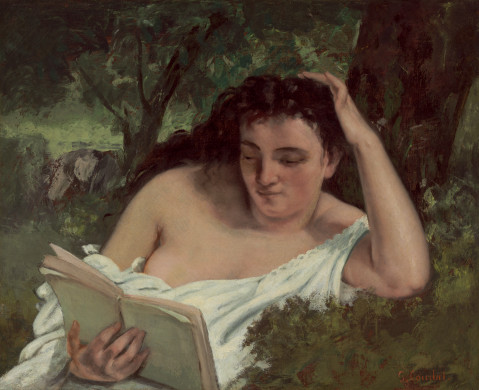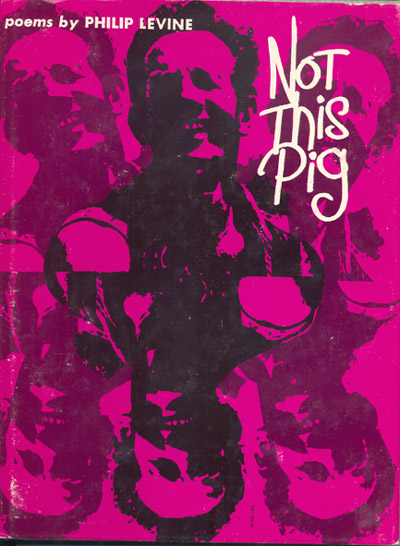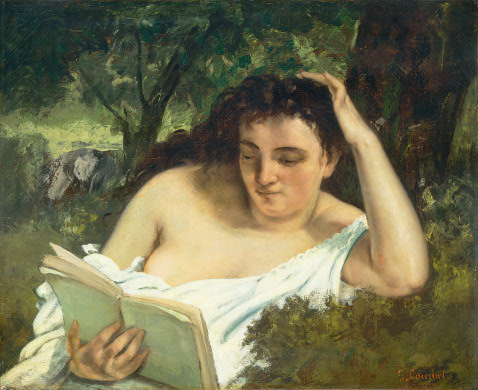
Gustave Courbet. A Young Woman Reading. 1866/1868. National Gallery of Art, Washington, D.C.
The best reading is forbidden reading, rapt reading, reading with wild abandon until you are done with it, until it has had its way with you. The young woman in Courbet’s painting is reading this way. What could the book be that captures her attention so seductively? No one today would imagine it to be a treatise on philosophy. In 18th century France, that is the genre one would expect to titillate her. Asking the bouquiniste for a “philosophical work” was code for forbidden erotic literature. In the age of Voltaire and Diderot, “philosophical” and “erotic” were almost synonyms, a detail avoided by most discussions of the Enlightenment in grade-school history books.
Though she is a reader of the 19th century, the young woman in Courbet’s painting might be reading Thérèse Philosophe, an underground classic first published in 1748. The forbidden book might have scandalized, and amused, her great-grandmother. As reading is a respected, reliable form of foreplay in the book, Courbet’s young woman could beThérèse herself, or her great-granddaughter.
Thérèse philosophe - French text of 1748 edition, parts 1 & 2. An excerpt in English.
![gustave_caillebotte_paris_street_rainy_day Gustave Caillebotte. Paris Street, Rainy Day (La Place de l’Europe, temps de pluie). 1877. Oil on canvas. Art Institute of Chicago. [Source: Wikimedia Commons]](../../../../wp-content/uploads/2009/02/gustave_caillebotte_paris_street_rainy_day_1877_wiki.jpg)
![Fog at Isle Royale [Source: wildmengoneborneo.com] Fog at Isle Royale [Source: wildmengoneborneo.com]](../../../../wp-content/uploads/2008/04/isle_royale_fog.jpg)
 If there is an emerging genetic underclass, I could run for class president or class clown. Read more in
If there is an emerging genetic underclass, I could run for class president or class clown. Read more in 

Pingback: a blind flaneur